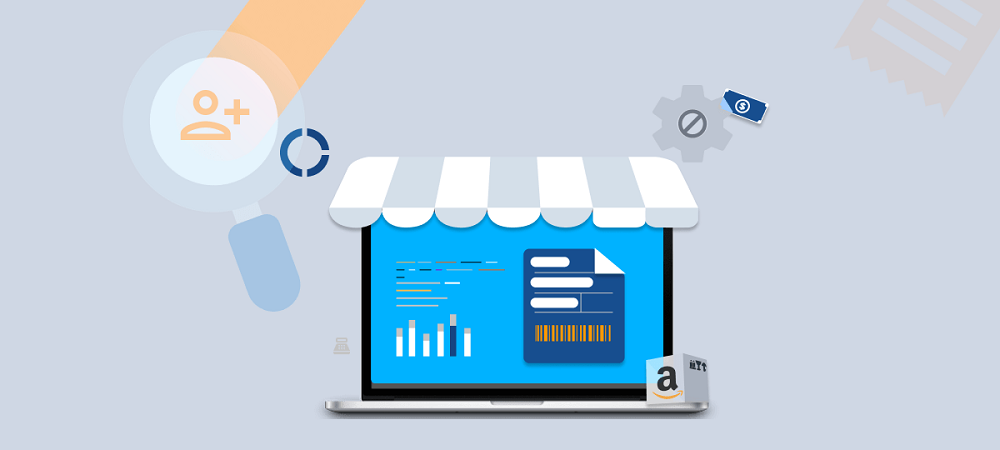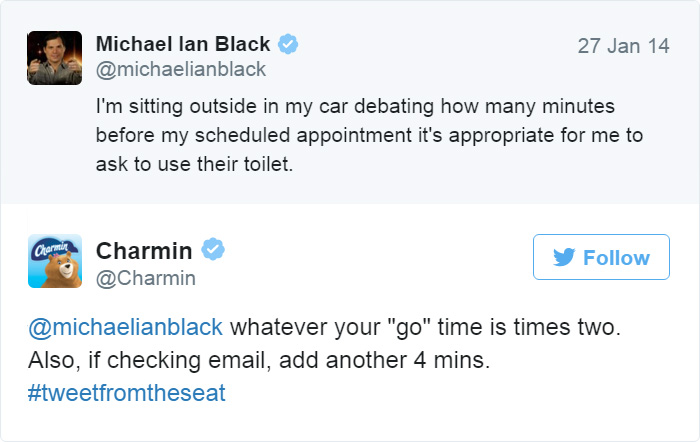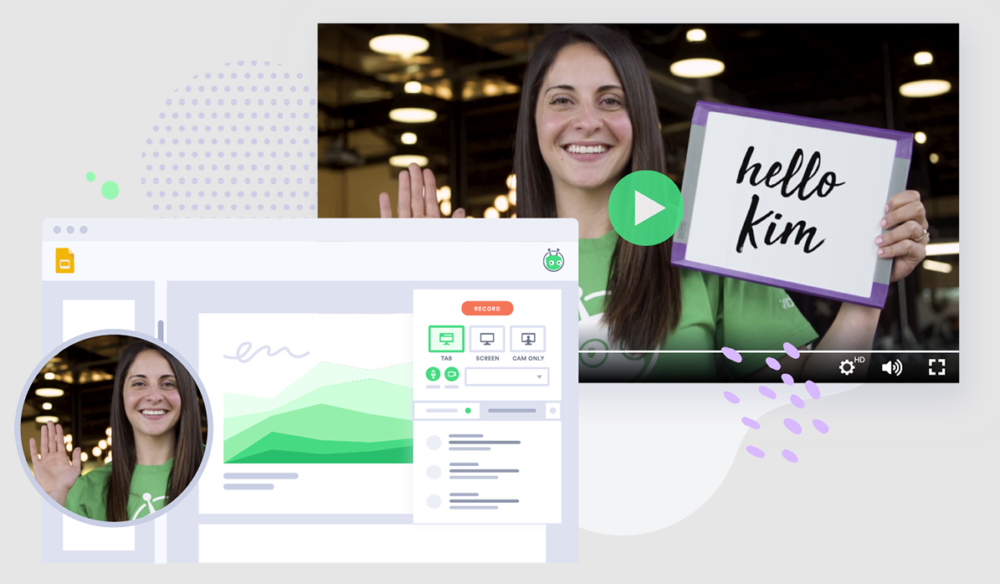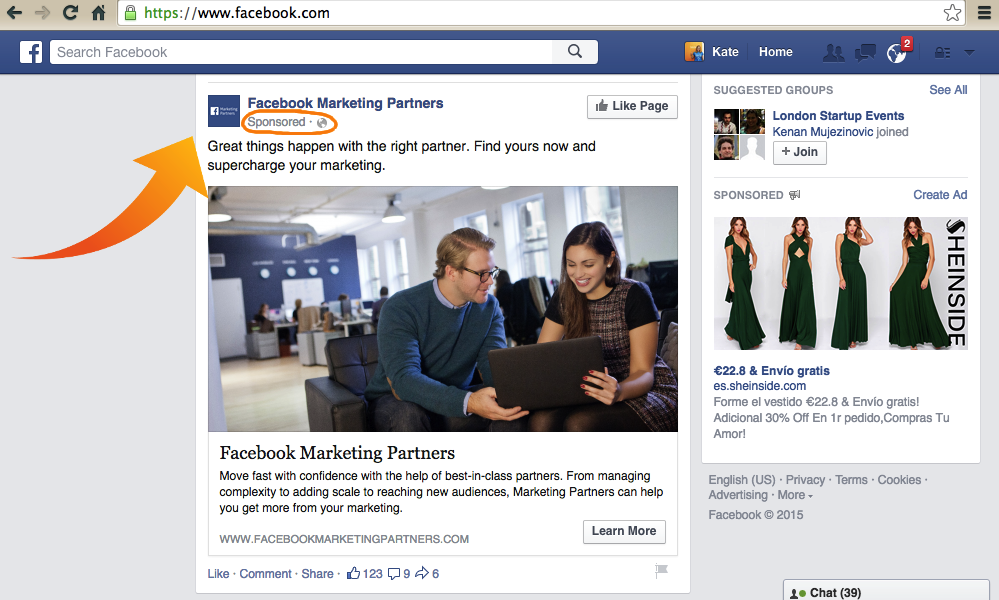
What are personalized marketing campaigns, and how can they help you create a more successful ecommerce business?
This post explains everything ecommerce sellers should know about building high-quality personalized marketing campaigns. It gives six examples of high-converting personalized campaigns that you can build to improve conversions and sales.
What are personalized marketing campaigns?
Personalized marketing campaigns incorporate the personal details of your customers to boost efficiency. While it helps that you know lots of information about your customers, simply knowing your target audience is enough to craft winning campaigns.
When you build a personalized campaign for your ecommerce business, it means everything from the copy to the images target a particular segment of customers. You can even individualize marketing campaigns entirely, using hyper-personalization techniques, which tailor content to individual customers.
But why are personalized marketing campaigns so effective, and what strategy should your brand use while creating content?
The best-personalized Amazon marketing strategies incorporate customer details to create content buyers want to read or watch. When you add your customers’ names, images, or live videos to your marketing campaigns, this engages your audience and boosts performance.
Mix personalization with engaging content that solves customer problems, and they more likely to try specific products or services they aren’t currently aware they need, so personalization can increase sales.
6 of the best personalized marketing campaigns
In this section we cover examples of personalized marketing campaigns that might work for ecommerce brands. Determining when and how to use personalization to your advantage isn’t always easy. Fortunately, some of the world’s leading brands use personalized marketing campaigns in these formats to boost conversions:
1. Emails

Creating personalized email marketing campaigns is probably one of the simplest forms of personalization. However, don’t let the simplicity fool you. The emails that include customer data (such as a customer’s name) boost open rates, click-through rates, and conversions.
A brand can create personalized email templates such as welcome messages when someone subscribes to an email list. You can also create thank-you notes after purchases and personalize follow-up sales offers if your customers leave items in their cart.
There are many more opportunities for personalization in email marketing, but these three examples will give you an idea of how easy it is to add a personalized touch.
When crafting your personalized emails, make sure that you consider what data you have on each customer and use it to create a message that feels relevant and valuable. The easier it is for customers to see how much you know about them, the better they’ll feel about opening your messages and engaging with your brand.
2. Social media

Social media presents a creative way to use personalized marketing messages to engage your audience.
Some personalized social media marketing campaigns take a more humorous approach, while others are informative and educational to provide value in their social posts.
Creating personalized outreach can be as simple as including the user’s name or location when sharing an update on social media sites like Facebook, Twitter, Instagram & LinkedIn.
Include a personalized message using the information you know about each customer and create a unique experience that will resonate with them. And when people engage with your brand on social media, you can use personalized marketing campaigns to create targeted ads on social media platforms and even within apps.
Thus, social media personalization can be an effective way to drive customer engagement, which you can use to drive sales.
3. Video

Another way to boost conversion is by creating personalized video campaigns. You can add personalized elements to your video by including the customer’s name and highlighting user content.
For example, if your customers take photos or videos of your product or leave reviews, you can add this to your video campaign content. Making personalized video content will help customers feel like they are part of a particular group getting individual attention from your brand. And as we know, people love feeling special!
You can also use video personalization for remarketing campaigns, which can effectively increase conversion rates. Remarketing videos are compelling because people are already familiar with your brand and product, making them more likely to purchase. Your brand will build recognition as customers see more of your individualized content.
When done correctly, personalized videos can create an emotional connection with customers, leading to better engagement and higher conversion rates.
4. Product recommendations

Another powerful way to increase conversions through personalization is by using customer data to provide individualized product recommendations. By showing customers products relevant to them and their interests, you can increase the chances that they will make a purchase.
Personalized product recommendations can be a great way to improve the customer experience and increase conversions as you learn their preferences and shopping habits. However, determining the right products to recommend to each individual can be challenging.
Thus, your business needs to create personalized product recommendations relevant and exciting to customers, or they will not be effective. For personalized product recommendations to influence sales velocity and efficiency, they must be well-targeted and correctly implemented.
When it comes to personalization, it’s all about giving customers what they want. And in today’s digital world, that means individualized content that is relevant to them.
Brands using personalized marketing campaigns have seen increases in conversion rates, engagement, and even brand messaging consistency.
So if you’re looking for a way to stand out from the competition and improve your bottom line, personalized marketing campaigns are the way to go.
5. In-app content

Another effective strategy for increasing conversions is personalization in your ecommerce apps.
Potential strategies include displaying personalized product recommendations or serving targeted ads based on a customer’s purchase history. For example, Amazon often recommends products similar to ones a customer has recently viewed or added to their cart in their app and online. And Nike uses past purchase data to show customers relevant new arrivals and sale items when browsing the app.
However, there are many ways to personalize apps that don’t involve making product recommendations.
Your company can also create VIP loyalty programs, segment individuals by purchase history, and provide targeted discounts using customer information. These techniques help brands play a personalized role in their customers’ lives that’s different from traditional strategies like push or pull marketing.
6. Advertisements & Promotions

The most effective eCommerce advertisements and promotions use tailored content to compel its customer audience.
Individualizing ads and promotions involves creating personalized ads relevant to individual customers’ browsing behavior. Thus, you’ll build personalized promotions that use data like purchase history or product interests to offer personalized deals.
The end goal is offering your audience an ad campaign they’ll find exciting, not one you hope will appeal to them based on demographics alone.
This level of personalization can’t happen when a new customer makes a purchase. Instead, it takes time for both sides—brands & audiences—to get used to this Amazon Seller marketing approach before campaigns start converting at their full potential.
Why should brands use personalized marketing campaigns?
There are many reasons to utilize personalized marketing campaigns – some are more obvious that others, but here we break-down all the benefits of personalized marketing.
Benefit 1: Makes ecommerce targeted campaigns easier to build
The personal touch of personalized marketing means that you can automatically generate content specifically for your target audience, without the hassle of manually creating multiple versions of the same campaigns for different customer groups.
Benefit 2: Influence sales velocity & efficiency
When customers feel like your brand speaks directly to them, they’ll be more likely to purchase your products and services.
While developing personalized marketing campaigns to improve sales velocity, consider several things as you go. Be sure to:
- Find the right tools for your personalized campaign.
- Develop a team with access to the tools needed to manage the personalization process.
- Understand that this type of personalized content takes time, so set up realistic deadlines for yourself or your team.
- Track the right metrics and compare them to non-personalized marketing content.
Creating personalized marketing campaigns is an excellent opportunity to split (A/B) test different versions of your ads, product recommendations, and content.
Benefit 3: Increases conversion rates & engagement

Personalized ecommerce experiences often result in increased conversion rates and engagement. According to Instapage, personalized emails generate 58% of email marketing revenue.
When you create a personalized experience for your customers, they feel special and appreciated. This positive feeling will often result in them spending more money on your site and even referring their friends.
Thus, your brand cannot afford to miss out on personalization if you want to improve your online sales.
Benefit 4: Improves the customer experience
Creating personalized experiences for customers is also known as Customer Experience Personalization (CXP). And it’s one of the most critical aspects of providing excellent customer service.
When brands focus on CXP, they can understand their customers better and cater to their needs accordingly. Understanding buyer needs leads to happier and more loyal customers, which results in increased profits for the business.
In other words, personalized marketing campaigns can help businesses achieve two fundamental goals: higher conversion rates and improved customer satisfaction levels.
Benefit 5: Helps with brand messaging consistency
Are you struggling to maintain an influential brand voice? One way to overcome this issue is with personalization. Creating brand messages that speak directly to your customers is a great way to improve customer experience.
Consistent branding across all channels will help customers feel more connected to your company, strengthening relationships in the process. And it’s this brand consistency that develops your brand into a leader in your niche.
The challenges of creating personalized marketing campaigns?
Now that we know all of the fantastic benefits of personalized marketing campaigns, it’s time to look at some potential challenges you may encounter when creating them.
It’s difficult to find the right personalization tool
One of the main difficulties of personalization involves finding the appropriate tool for your needs. Not all platforms are created equal, and some offer far more personalized options than others.
Therefore, your company might need to find the right tools and marketing methods to personalize content. For example, while one email marketing service might not provide product recommendations based on shopper experience, additional tools can connect with ecommerce data.
This software provides more opportunities to create personalized content for your audience, but you’ll need to try a few tools to see what works best for your brand.
Sometimes personalization can backfire
If you’re not careful, you could end up with a campaign that feels generic and impersonal. However, if you use too much personalization, your brand may come across as creepy.
To combat this issue, only use personalization relevant to the customer and their interests. Decide how you want to use customer information to improve marketing results and consider sharing this decision with your audience.
Your customers might feel more comfortable giving you information by sharing how you’ll use customer data in marketing campaigns.
Personalization requires teamwork, time & resources
Creating personalized marketing campaigns also takes time and resources, so you’ll need to be sure that your team is on board with the project and can see it through, or that you have a dedicated team for personalization.
Collecting relevant customer data in a personalized marketing campaign isn’t always an easy task, but the personalized benefits are well worth it.
What should ecommerce brands consider when creating personalized campaigns?
Before you start building campaigns using customer data, your team must get on the same page about the process. These questions will help you create exceptional personalized marketing campaigns:
1. How will you collect customer data?
Customer data can come in many forms, but there are two main ways to collect it:
Using Customer Purchase History
If brands ask for email addresses when customers purchase on their site, they have the opportunity to send personalized emails based on past purchases. Individualizing content using purchase history helps eCommerce companies start creating personalized marketing campaigns.
Once you establish a connection with your customers, you can slowly use email and surveys to gather more information about their interests and preferences.
With Email List Segmentation Tools
Many email marketing platforms allow you to create segments of subscribers who fit specific criteria so that your company knows exactly where to send each individualized message. For example, if you’re sending out holiday promotions and discounts, ensure that all emails go out at once so that none of them will seem intrusive—and never use this kind of tool for promotional emails.
Segmenting audiences is a great way to gather personalized data and improve your marketing campaigns. Still, it’s also important not to abuse the privilege of having access to people’s contact information.
Your customers will appreciate personalized messages that offer them relevant deals or discounts—but they’ll notice if you’re sending too many intrusive promotions every day.
2. How will you use customer purchase history?
If brands ask for email addresses when customers purchase on their site, they have the opportunity to send personalized emails based on past purchases.
Individualizing content using purchase history helps eCommerce companies start creating personalized marketing campaigns.
Once you establish a connection with your customers, you can slowly use email and surveys to gather more information about their interests and preferences.
3. Will you use email segmentation tools?
Many email marketing platforms allow you to create segments of subscribers who fit specific criteria so that your company knows exactly where to send each individualized message.
For example, if you’re sending out holiday promotions and discounts, ensure that all emails go out at once so that none of them will seem intrusive—and never use this kind of tool for promotional emails.
Segmenting audiences is a great way to gather personalized data and improve your marketing campaigns. Still, it’s also important not to abuse the privilege of having access to people’s contact information.
Your customers will appreciate personalized messages that offer them relevant deals or discounts—but they’ll notice if you’re sending too many intrusive promotions every day.
4. How will you secure & protect customer info?
One of the most critical aspects of personalized marketing campaigns is ensuring that customer data is collected and used securely and responsibly.
You’ll need to build trust with your customers by reassuring them that your company will protect their personal information at all times.
There are many ways to do this, but some of the basics include using SSL encryption for online forms, securing email servers with TLS, and making sure your website is compliant with PCI DSS requirements.
5. What are the current trends?
Your company must stay up-to-date on current trends to create successful personalized marketing campaigns.
Some of the latest trends in personalized marketing include using big data analytics to target customers and incorporating machine learning into campaign design.
An additional strategy is to use customer journey mapping to create a personalized experience.
6. Can automation help you improve personalization?
Many businesses find that automating some of the tasks involved in personalized marketing can help improve results.
For example, automated email workflows can help ensure that customers receive the most relevant content based on their interactions with your brand.
Of course, you’ll need to locate tools that automate the personalization process. But when you find the right tool for your brand, automation will help your brand create personalized experiences for each customer.
What to track with personalized marketing campaigns
After creating personalized marketing campaigns, it’s vital to track how they’re performing.
Some key data points to track include:
- Customer purchases: What products or services are customers buying when interacting with your personalized marketing campaigns?
- Customer preferences: What types of content do customers prefer when interacting with your personalized marketing campaigns?
- Email statistics: How are customers engaging with your personalized email marketing campaigns? Are they opening and clicking through emails or unsubscribing from the list?
By tracking this data, you can make sure that your personalized marketing campaigns convert customers at a high rate.
And by using automation to personalize each customer’s experience, you’ll be able to create an individualized journey for each one.
Next steps in personalizing your marketing campaigns
Overall, personalized marketing campaigns can be a great way to connect with customers on a more personal level and boost sales. But take care not to overlook all the potential challenges.
By planning and ensuring that everything is aligned correctly, you’re sure to find success in email, advertising, and other forms of marketing personalization.
Emplicit can help guide your next steps in driving conversions and creating successful customer interactions through personalized marketing communications.
